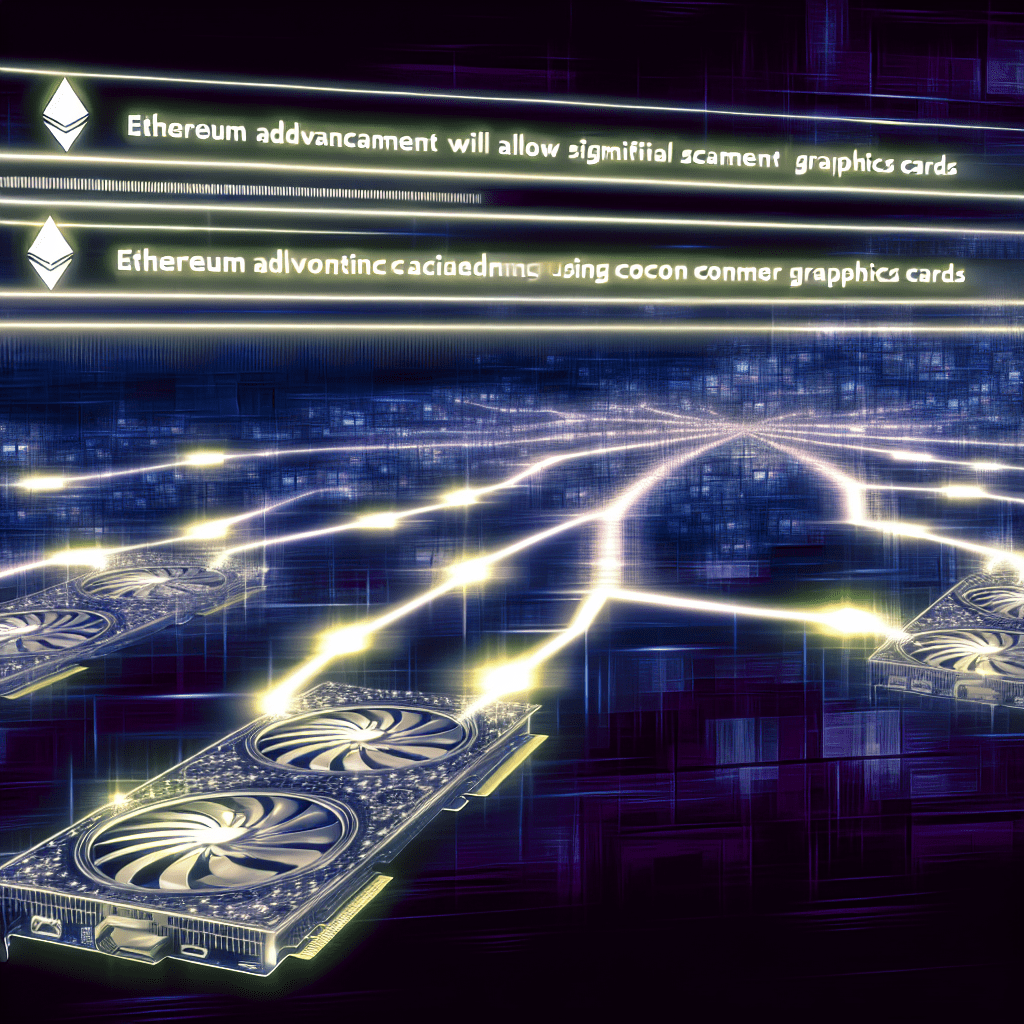Ethereum is moving closer to reaching 10,000 transactions per second with the launch of a new scaling technology named Pico Prism.
On Wednesday, Ethereum scaling company Brevis announced its innovative zero-knowledge Ethereum Virtual Machine (zkEVM) designed for real-time proving.
This technology is capable of proving Ethereum blocks nearly instantly using standard retail gaming processors (GPUs) rather than costly supercomputers.
“Brevis has accomplished real-time proving of Ethereum L1 using consumer-grade hardware,” the company mentioned, specifying that it utilized 64 Nvidia RTX 5090 graphics cards, their top gaming model.
In a September test, Pico Prism attained 99.6% real-time proving in under 12 seconds. Real-time proving (RTP) refers to the ability to generate a cryptographic proof that a block was executed correctly quicker than new blocks can be created.
“This signifies a significant advancement toward scaling Ethereum by 100x and a future where the chain can be validated from a phone.”
Brevis is targeting 99% real-time proving with fewer than 16 RTX 5090 GPUs “in the coming months.”
Significant Progress in Ethereum Scaling
This innovation indicates that the computationally intensive process of proving has finally matched block production speeds using cost-effective consumer hardware, making lightweight validation feasible for the first time.
Currently, each validator must re-execute every transaction to verify blocks, requiring expensive hardware and causing a significant bottleneck, according to Brevis.
“Real-time proving shatters this model. One prover generates a proof, and everyone else can verify it in milliseconds.”
The Journey to 10,000 TPS
As outlined in the Ethereum roadmap, validators will begin verifying ZK-proofs instead of re-executing transactions, allowing the base layer to achieve 10,000 transactions per second.
“If the scaling of Ethereum L1 continues at 3x per year, it could reach 10k TPS by April 2029,” stated Ryan Sean Adams from Bankless.
Related: Ethereum Foundation roadmap aims for zkEVM on mainnet within a year
The upcoming Fusaka upgrade for Ethereum, expected in December, will streamline real-time proving, noted Bitcoin security researcher Justin Drake.
“EIP-7825 limits per transaction gas consumption, allowing for greater parallel proving through subblocks,” he remarked, adding, “By year’s end, several teams will prove every L1 EVM block on a 16-GPU cluster, consuming less than 10kW in total.”
The Future of Phones as Nodes
It is “a significant stride towards Ethereum’s future,” commented the Ethereum Foundation, which further added:
“ZK technology such as Pico Prism will allow Ethereum to scale to meet global demand while remaining reliable and decentralized.”
“The phone-as-a-node future has just become a reality,” stated tech entrepreneur Mike Warner.
Ethereum is evolving into a zk-chain, explained Adams, who clarified that layer-1 will manage global DeFi with substantial blocks at 10,000 TPS, and nodes operate on phones, while layer-2 will handle all other operations.
This represents the ultimate goal of blockchain: immense scalability without compromising decentralization or security.
Magazine: Fundamentals of Ethereum’s roadmap to 10,000 TPS utilizing ZK technology: A Guide for Beginners

